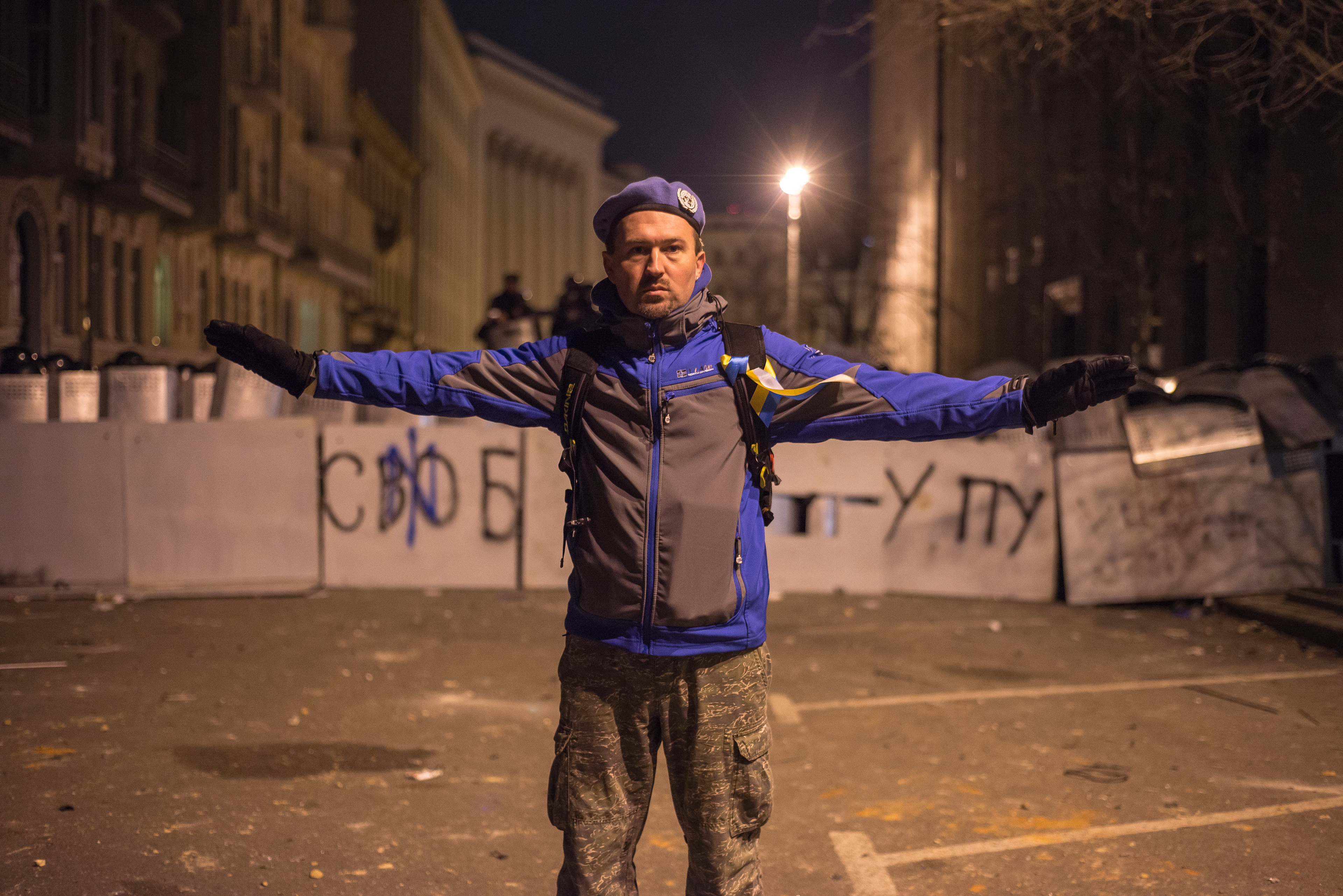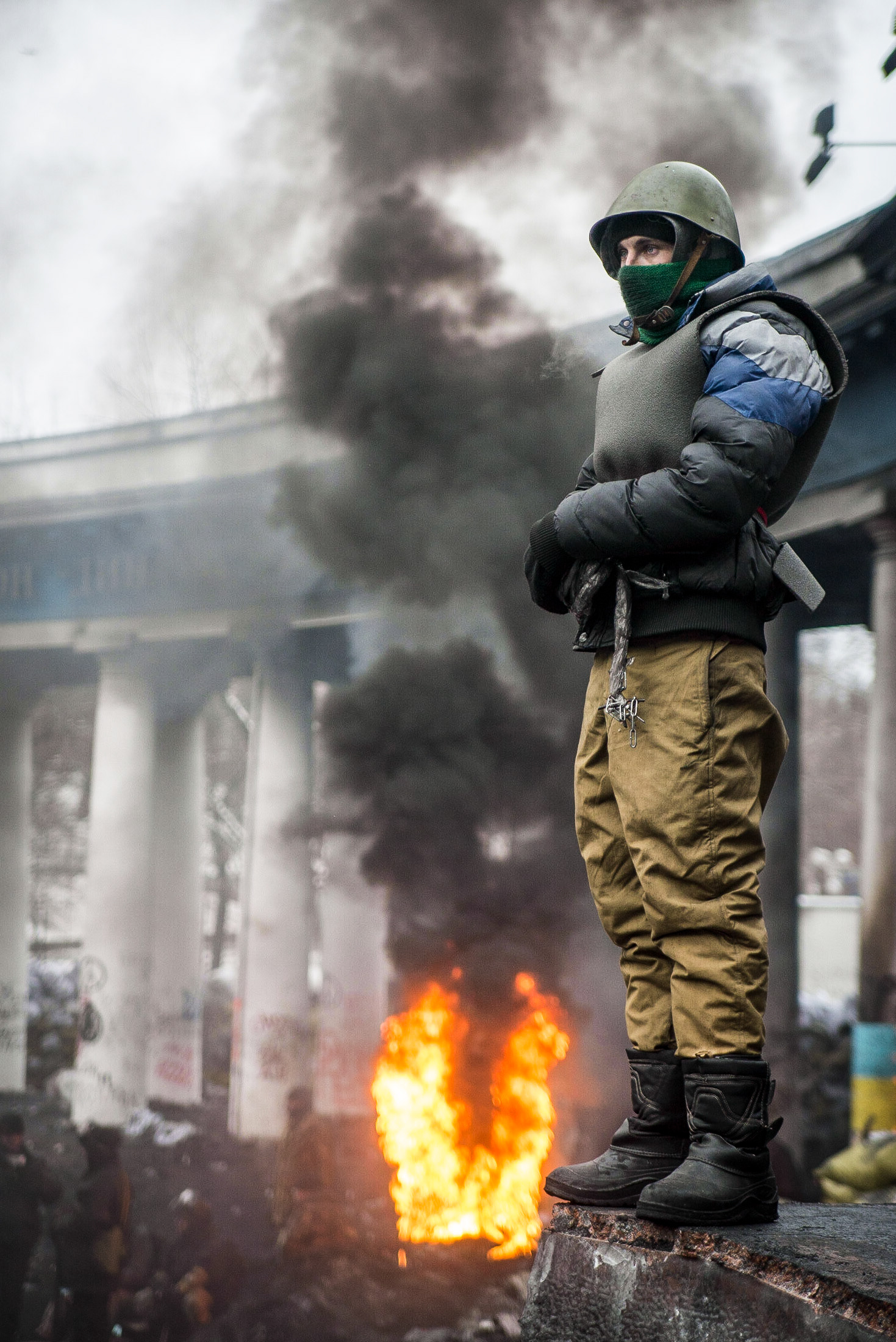In November 2013, few could have imagined that what was then a small pro-EU protest movement would morph into something that would fundamentally change the trajectory of Ukraine and pose a critical challenge for modern-day Europe.
Euromaidan began humbly, with students and activists huddled under umbrellas on Kyiv's main square. By February 23, 2014, more than 100 people would be killed and Ukraine's president would be gone. But the crisis had only begun.
While international attention often focused on the reactions of Western governments and Russia, it was the people on the Maidan who drove the protest movement and who sacrificed the most. For three months, the main square of Kyiv was a center of defiance, hope, devastation, and sorrow for millions as regular Ukrainians gathered in opposition to corruption and abuse of power.
















